The recycling rate of e-waste is an important indicator of the sustainable development of society. Improving the recycling rate of e-waste requires the joint efforts of the government, enterprises and the public. By formulating reasonable policies and regulations, increasing investment, and promoting technological innovation, we can increase the recycling rate of e-waste and promote sustainable development.
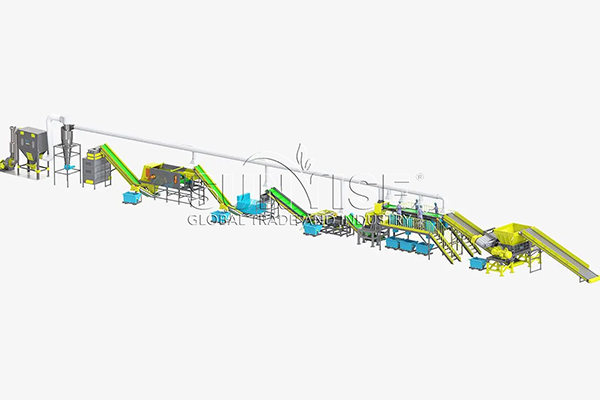
What is the recycling rate for e-waste?
Unfortunately, people only recycle 12.5% of e-waste. Global generation of approximately 40 million tons of electronic waste every year. That’s the equivalent of throwing away 800 laptops every second. The average mobile phone user replaces their phone every 18 months. But e-waste accounts for 70% of total toxic waste.
Why are e-waste recycling rates generally low?
There are four main reasons.
Lack of recycling facilities and technology
In some areas, there is a lack of specialized e-waste recycling facilities and technology, making recycling difficult. The high construction and maintenance costs of recycling facilities will also limit the improvement of recycling rates.

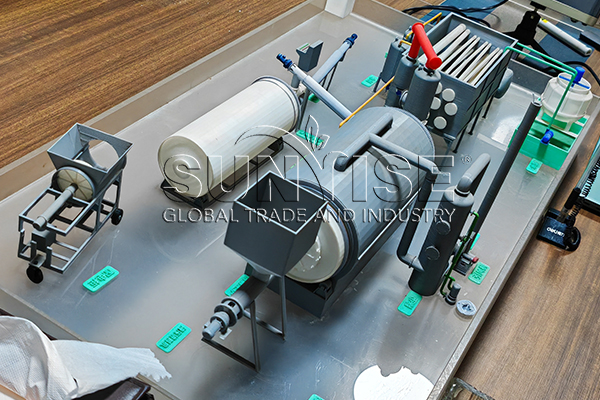
Lack of policy support
Some regions and countries lack complete e-waste recycling policies and regulations, as well as relevant incentives and supervision mechanisms, resulting in low enthusiasm among enterprises and individuals for e-waste recycling.
High recycling costs
Because e-waste contains a variety of toxic, harmful substances or materials that are difficult to recycle. So the cost of recycling and disposing of e-waste is high. As a result, some recycling agencies and companies discourage.
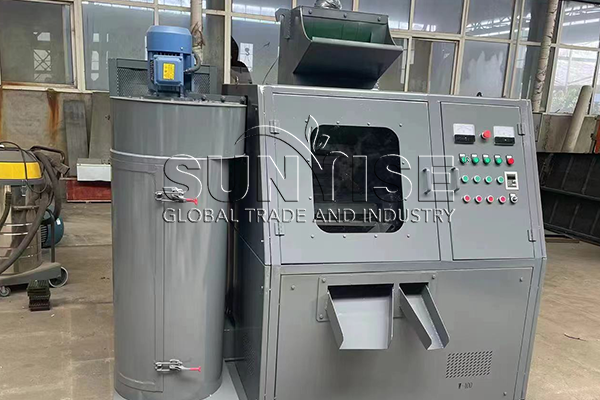
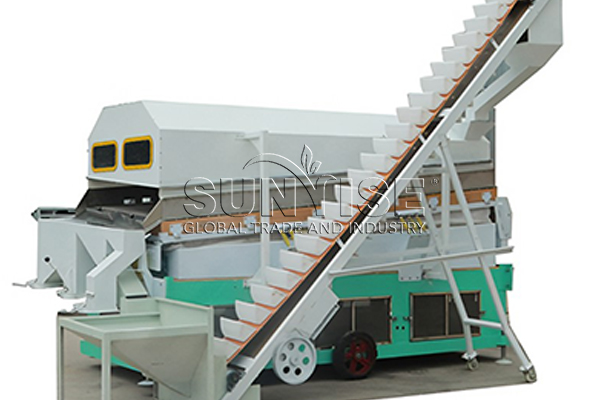
Lack of recycling channels
The lack of convenient e-waste recycling channels in some areas prevents consumers from conveniently processing and recycling their electronic products, reducing the recycling rate.

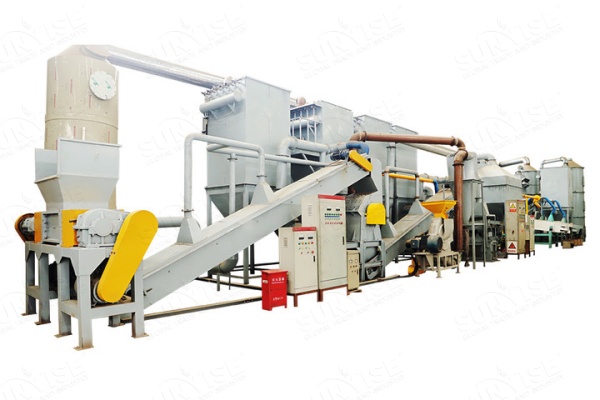
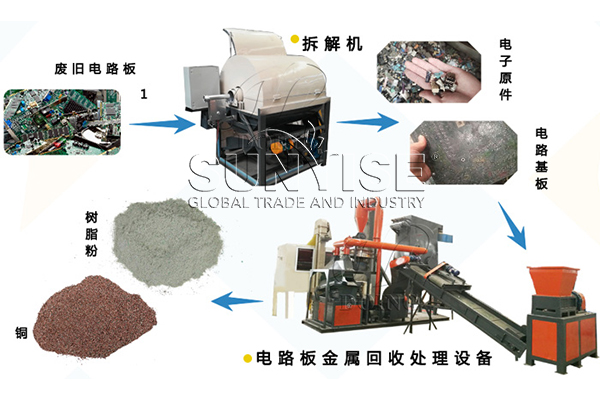
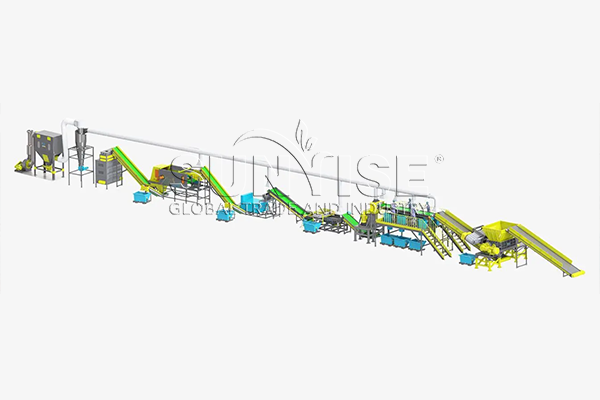
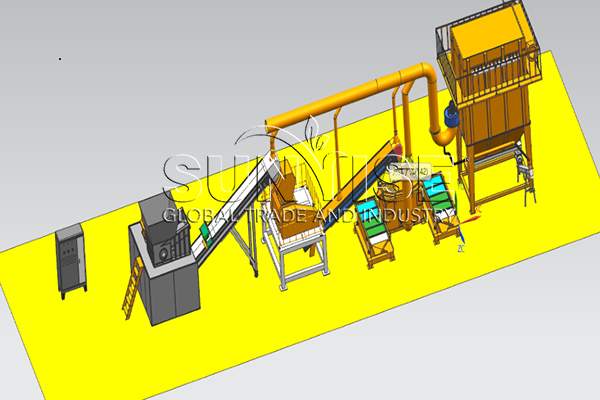
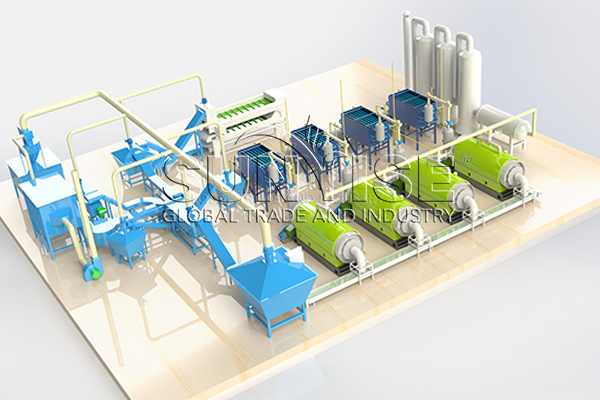
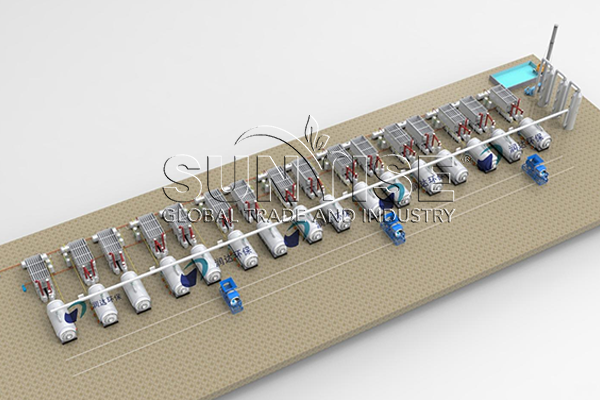
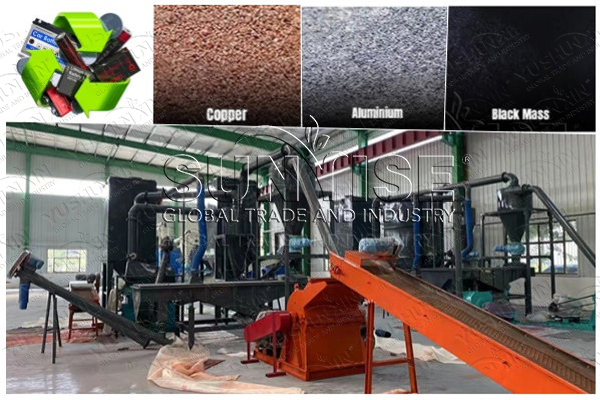
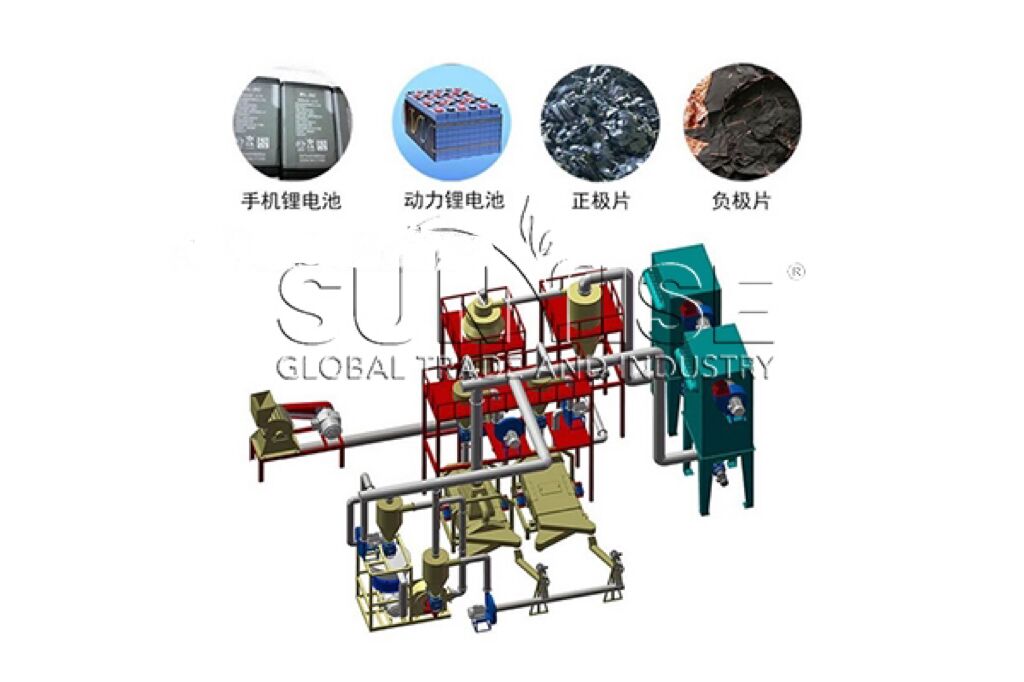
Leave A Comment